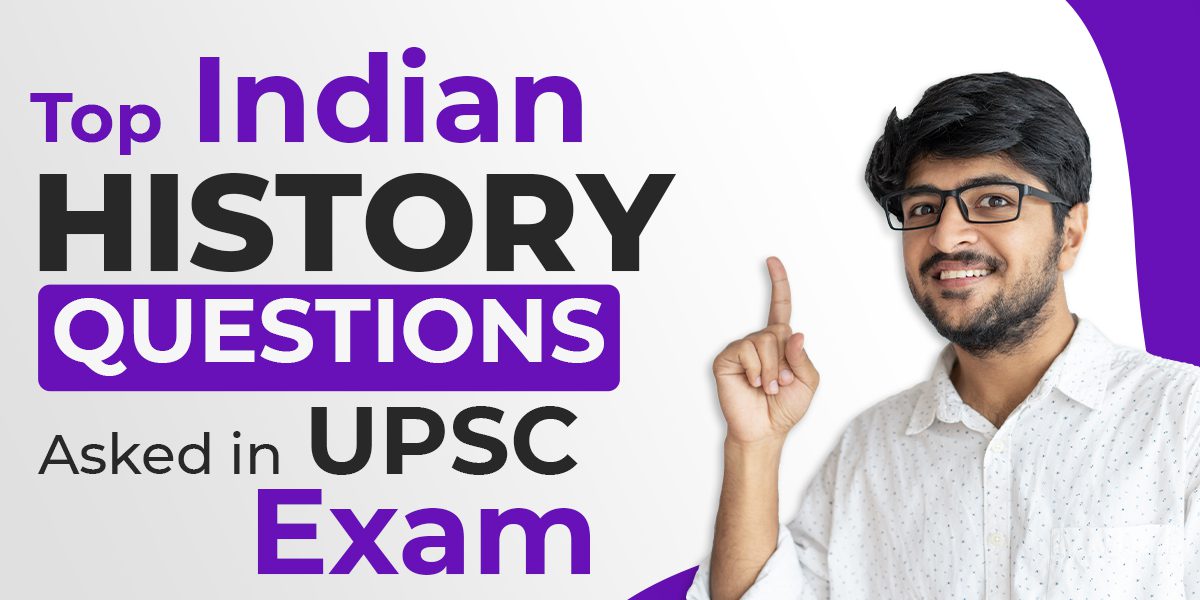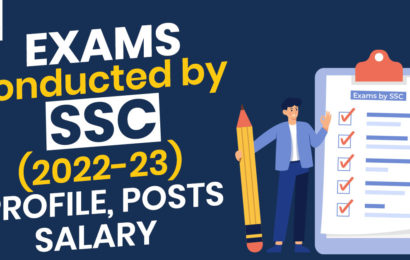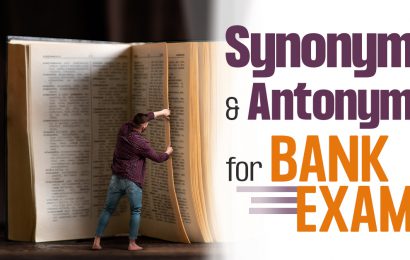
Indian History in UPSC exams holds an essential segment with a variety of questions appearing in every exam related to ancient history, modern history, and medieval history of India. Usually, it has been seen that the Indian history questions come more from ancient history as compared to medieval and modern history.
If you are preparing for any UPSC examination, you must practice the Indian ancient history quiz more so that you can answer as many questions as possible. In this article, we have curated a list of the top 10 questions from GK Indian history that have been asked in previous years UPSC exams.
Key points to remember:
- Although the UPSC IAS pre exam paper will include questions from the ancient, medieval, and modern history of India, but the number of questions from each part is not fixed.
- From modern history, the questions are mostly related to The Indian National Movement, the foundation of the Indian National Congress, the Swadeshi Movement, the British Economic Policies in India, etc.
The number of total GK Indian history questions in the UPSC exam range between 13 to 18. 2017 was an exception where only 8 questions were asked.
Indian History MCQ for UPSC
Q-1. Which one of the following was built the earliest, in terms of Indian art and archaeological history?
- Rock-cut Monuments at Mahabalipuram
- Varaha Image at Udayagiri
- Lingaraja Temple at Bhubneshwar
- Rock-cut Elephant at Dhauli
Answer is (D)
Q-2. Which ones are the essential elements of the feudal systems, with respect to Indian history?
- Very strong centralized political authority and a very weak provincial or local political authority
- The emergence of administrative structure based on control and possession of the land
- Creation of the lord-vassal relationship between the feudal lord and his overlord
Choose the correct answer:
- 1 and 2 only
- 2 and 3 only
- 3 only
- 1, 2 and 3
Answer is (A)
Q-3. Who of the following were the economic critics of colonialism in India?
- Dadabhai Naoroji
- G. Subramania Iyer
- RC Dutt
Choose the correct answer:
- 1 only
- 1 and 2 only
- 2 and 3 only
- 1, 2 and 3
Answer is (D)
Q-4. The Government of India Act of 1919 defined:
- The separation of power between the judiciary and the legislature
- The jurisdiction of the central and provincial governments
- The powers of the Secretary of State for India and the Viceroy
- None of the above
Answer is (B)
Q-5. When Babur arrived in India, it led to the:
- introduction of gunpowder in the subcontinent
- introduction of the arch and dome in the region’s architecture
- establishment of the Timurid dynasty in the region
Select the correct answer using the code given below.
- 1 and 2 only
- 3 only
- 1 and 3 only
- 1, 2 and 3
Answer is (C)
Q-6. Dr. BR Ambedkar founded which parties?
- The Peasants and Workers Party of India
- All India Scheduled Castes Federation
- The Independent Labour Party
Choose the correct answer:
- 1 and 2 only
- 2 and 3 only
- 1 and 3 only
- 1, 2 and 3
Answer is (B)
Q-7. With respect to Indian history, the principle of Dyarchy refers to:
- Division of the central legislature into two houses.
- Introduction of double government i.e., Central and State governments.
- Having two sets of rulers; one in London and another in Delhi.
- Division of the subjects delegated to the provinces into two categories.
Answer is (D)
Q-8. Which Mughal Emperors emphasized more on the album and individual portrait than illustrated manuscripts?
- Humayun
- Akbar
- Jahangir
- Shah Jahan
Answer is (C)
Q-9. Which of the options below is not a Harappan site?
- Chanhudaro
- Kot Diji
- Sohgaura
- Desalpur
Answer is (C)
Q-10. Which statements are correct with respect to Rowlatt Satyagraha?
- The Rowlatt Act was based on the recommendations of the ‘Sedition Committee’.
- In Rowlatt Satyagraha, Gandhiji tried to utilize the Home Rule League.
- Demonstrations against the arrival of the Simon Commission coincided with Rowlatt Satyagraha.
Choose the correct answer:
- 1 only
- 1 and 2 only
- 2 and 3 only
- 1, 2 and 3
Answer is (B)
Wrapping up:
So, these are some of the primary previous years’ questions asked in UPSC exams. You can get an idea about what to expect in your UPSC pre and mains exams and prepare yourself accordingly. It is highly recommended to practice mock tests and quiz on Indian history regularly before the exam to be able to crack the toughest exams in India.
For more questions, stay tuned and let us know your feedback using the comments below.
Also read – General Science Questions for UPSC


